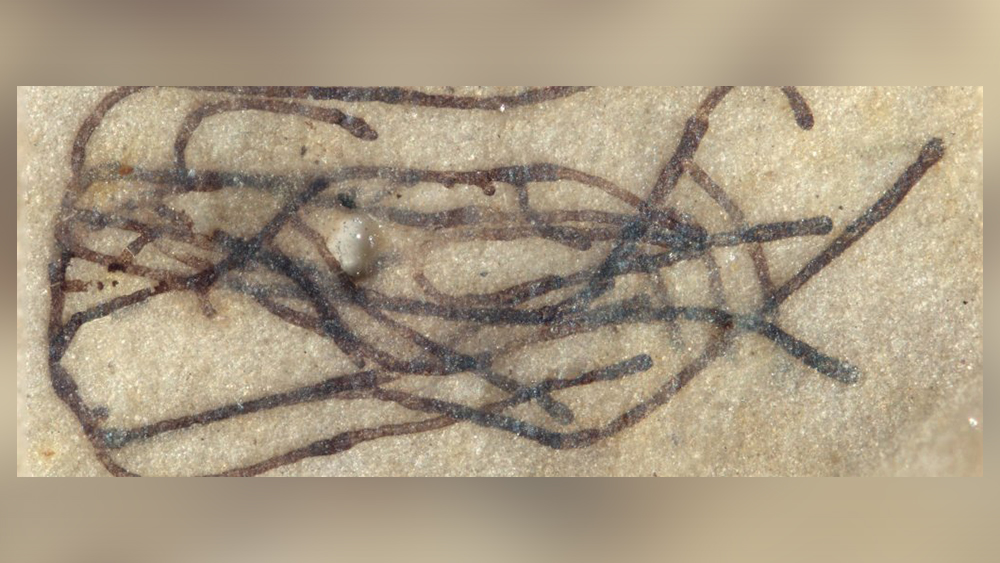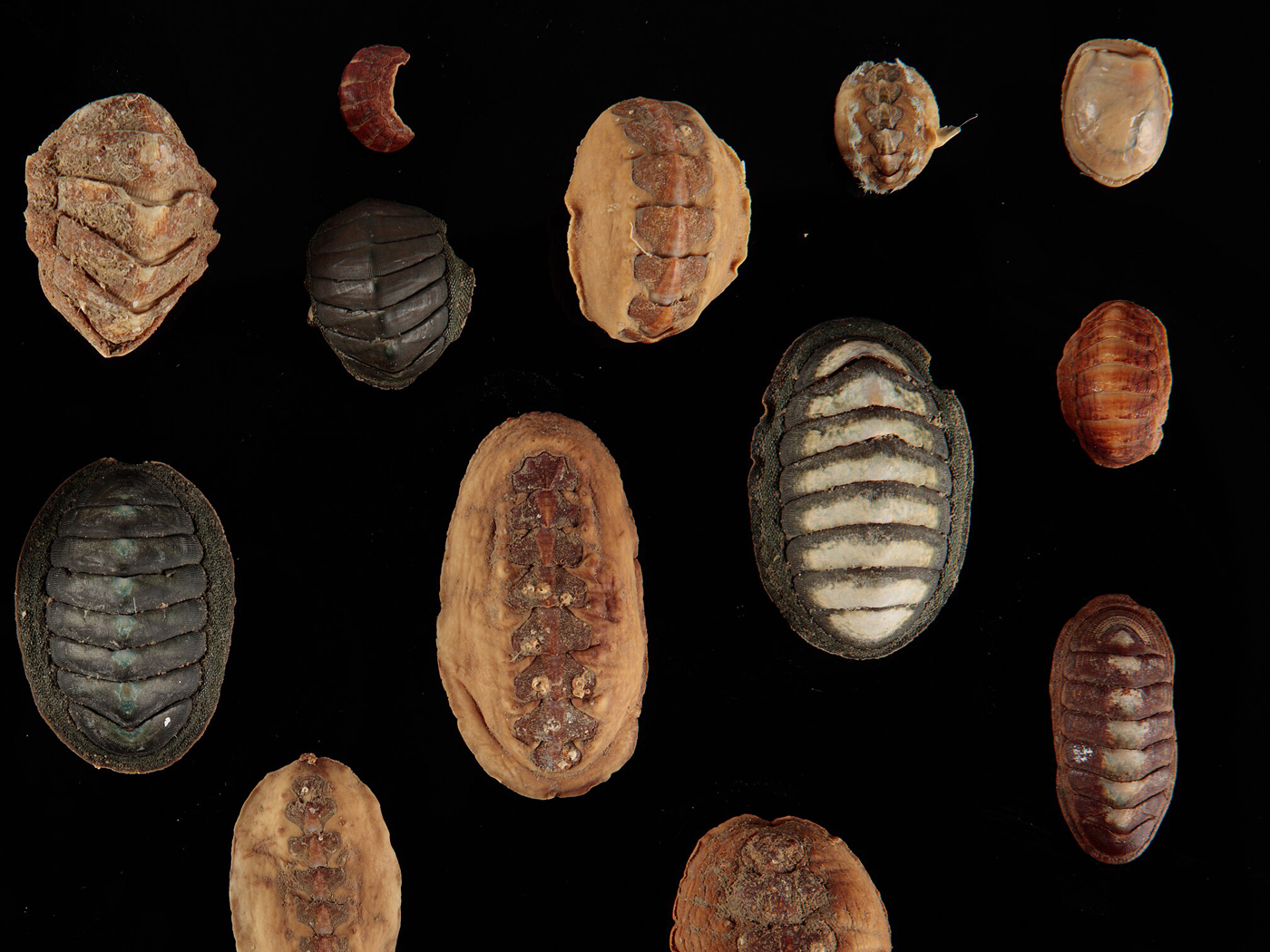Evolutionary scientists announced the discovery of what they claim are the oldest green-algae fossils—which look remarkably like modern, living seaweeds. The millimeter-sized, multicellular plant fossils were found in China in rocks claimed to be over one billion years old.1
A trio of paleontologists from Virginia Tech, Chinese Academy of Sciences in Nanjing and University of Chinese Academy of Sciences, Beijing, named the new fossil Proterocladus antiquus.1
Co-author of the study, Shuhai Xiao, said, “Our study shows that green seaweeds evolved no later than 1 billion years ago, pushing back the record of green seaweeds by about 200 million years.”2
According to evolutionists, older fossils, like stromatolites, are found in rocks that supposedly date back over three billion years.3 The Glossary of Geology defines a stromatolite as “an organosedimentary structure produced by sediment trapping, binding, and/or precipitation as a result of the growth and metabolic activity of micro-organisms, principally cyanophytes (blue-green algae [cyanobacteria]).”4 Stromatolites are not multi-cellular plant-like fossils like Proterocladus antiquus; they are single-celled organisms living in colonies. Michelle Starr at ScienceAlert wrote,
The study authors wrote, “This model, however, has not been rigorously tested with palaeontological data because of the scarcity of Proterozoic [Precambrian] chlorophyte [a group of green plants] fossils.”1
So, where did the green plants come from? And why does Proterocladus antiquus suddenly appear in the rock record fully-formed and functional?
Creation scientists have a better answer. We accept the truth of God’s Word. God tells us He created plants of all types on Day 3 of Creation Week. Their sudden appearance and lack of any ancestors is not a mystery—they were created instantly.
In addition, these newly described fossils look a lot like modern green seaweeds. This would make P. antiquus a living fossil, like the iconic coelacanth.5 “There are some modern green seaweeds that look very similar to the fossils that we found,” Xiao said. “A group of modern green seaweeds, known as siphonocladaleans, are particularly similar in shape and size to the fossils we found.”2
Secular scientists are left to conclude that Proterocladus antiquus fossils appear suddenly in rocks without any known ancestors, and that they haven’t changed in over a billion years.
We reject these claimed long ages outright.6 We feel this seaweed’s sudden appearance and lack of any visible evolutionary change is better explained within a biblical worldview. Plants have always been plants from their moment of creation about 6,000 years ago according to the genealogies and chronologies in the Bible.
References
1. Tang, Q., K. Pang, X. Yuan et al. 2020. A one-billion-year-old multicellular chlorophyte. Nature Ecology & Evolution. doi.org/10.1038/s41559-020-1122-9
2. Starr. M. 2020. Look at These Mind-Blowing Fossils of 1 Billion-Year-Old Seaweed. Science Alert. Posted on sciencealert.om February 25, 2020, accessed March 4, 2020.
3. Mueller, P. A., and A. P. Nutman. 2017. The Archean-Hadean Earth: Modern paradigms and ancient processes. In The Web of Geological Sciences: Advances, Impacts, and Interactions II. M. E. Bickford, ed. Boulder, CO: Geological Society of America Special Paper 523, 75-237.
4. Neuendorf, K. K. E., J. P. Mehl, Jr., and J. A. Jackson, eds. 2005. Glossary of Geology, 5th ed. Alexandria, VA: American Geological Institute, 636.
5. Clarey, T., and J. Tomkins. 2013. Coelacanths: evolutionists still fishing in shallow water. Posted on ICR.org on April 29, 2013, accessed March 2, 2020.
6. Cupps, V. R. 2019. Rethinking Radiometric Dating: Evidence for a Young Earth from a Nuclear Physicist. Dallas, TX: Institute for Creation Research.
Stage image: alleged billion-year-old living fossil seaweed
Stage image credit: Copyright © Tang, et al. 2020. Used in accordance with federal copyright (fair use doctrine) law. Usage by ICR does not imply endorsement of copyright holder.
*Dr. Clarey is Research Associate at the Institute for Creation Research and earned a doctorate in geology from Western Michigan University.



















